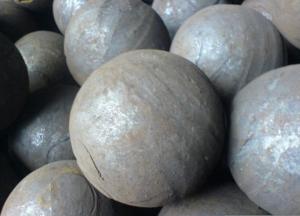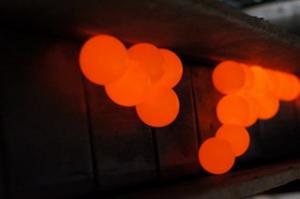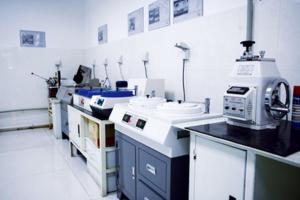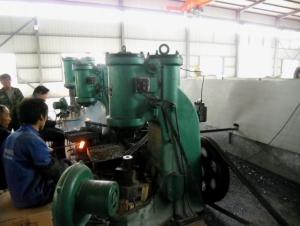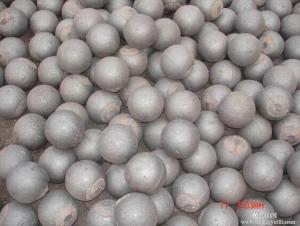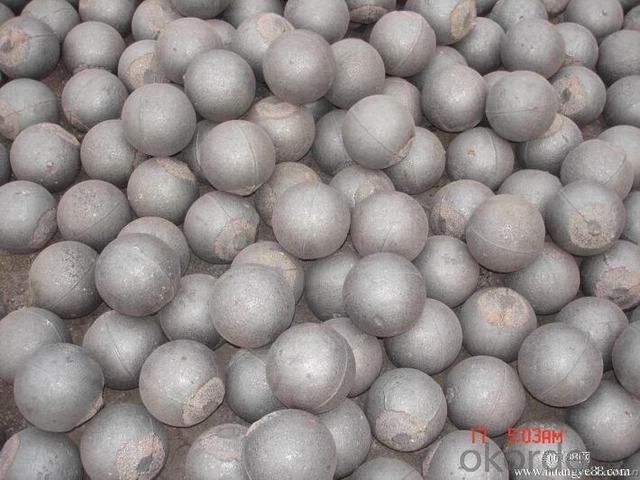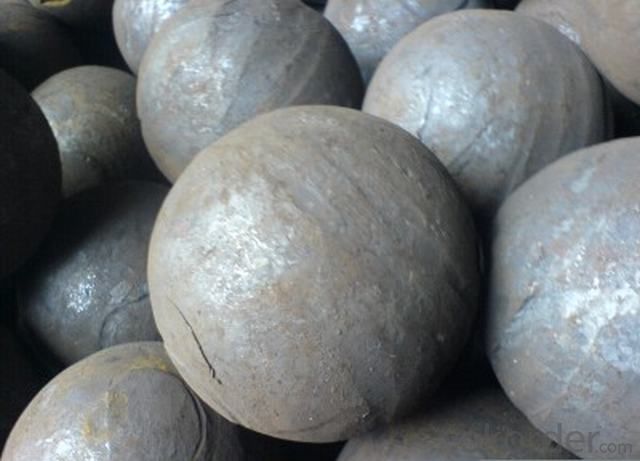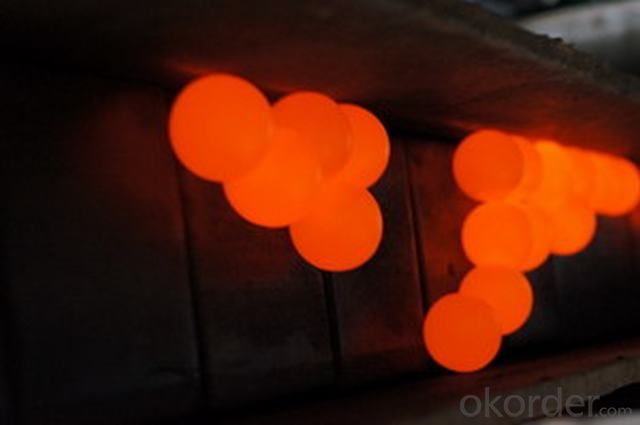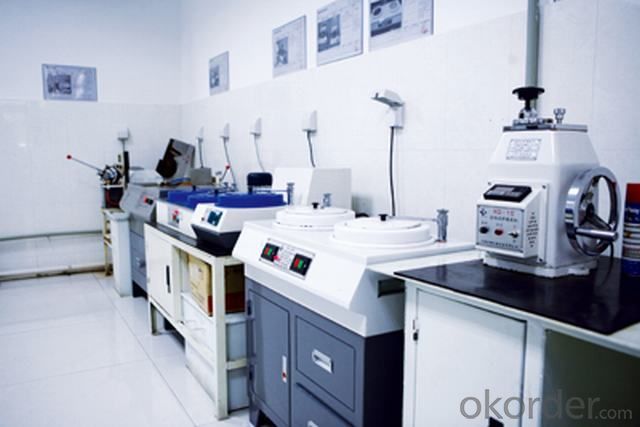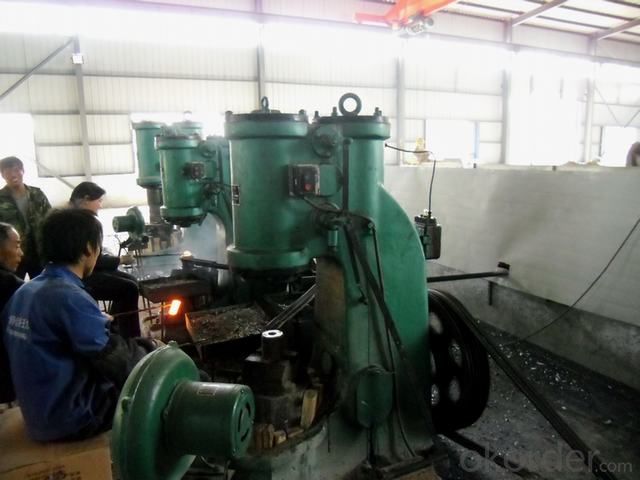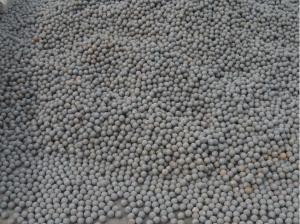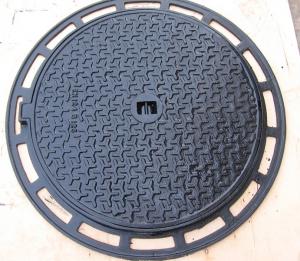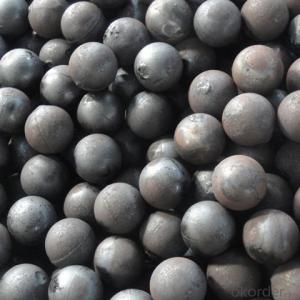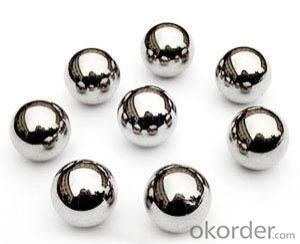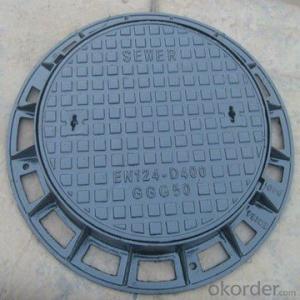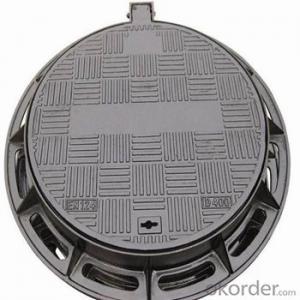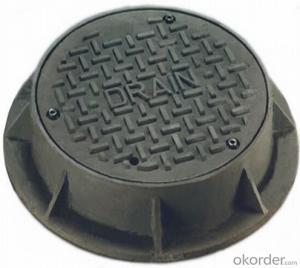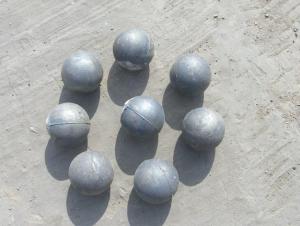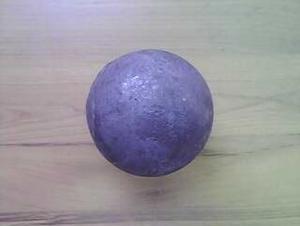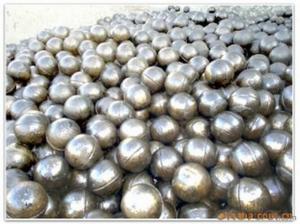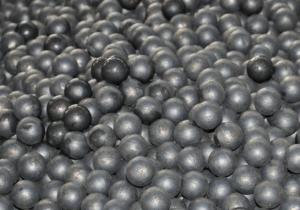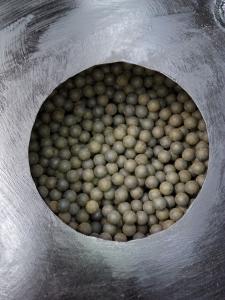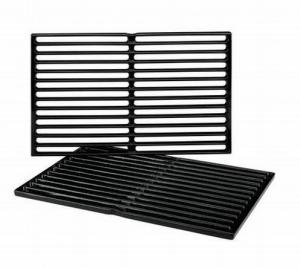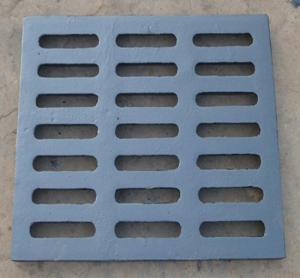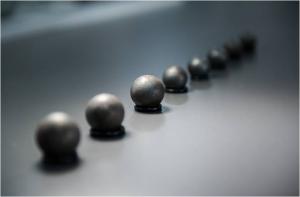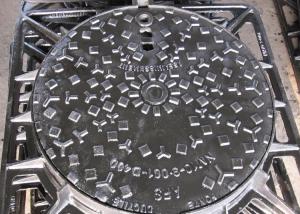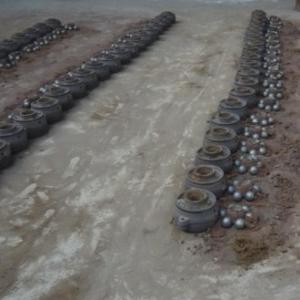Forged Grinding Ball with Good Surface for Cement Plants
- Loading Port:
- Shanghai Port
- Payment Terms:
- TT or LC
- Min Order Qty:
- 25M.T. m.t.
- Supply Capability:
- 200000M.T./Year m.t./month
OKorder Service Pledge
OKorder Financial Service
You Might Also Like
Our grinding ball are widely used for powder preparation and extra-fine deep processing in sectors, such as cement building materials, metal mining, coal paste thermal power plants, chemical engineering, ceramic coating, light industrial paper making and magnetic materials. The cast grinding ball's hardness is high; wearing cost is low; the toughness is very good. So the breakage is few. The surface hardness of ball will be raised further in using the course, and the wear resistance would gather hard to raise mill machine production capacity and raise cement's ratio surface area and reclaim ratio of the extractive mine.
Specification of Forged Grinding Ball with Good Surface for Cement Plants
No. | Diameter (mm) | Weight of each (kg) | Pcs/ton |
1 | Ø20 | 0.0322 | 31056 |
2 | Ø25 | 0.063 | 15873 |
3 | Ø30 | 0.11 | 9091 |
4 | Ø40 | 0.257 | 3891 |
5 | Ø50 | 0.50 | 2000 |
6 | Ø60 | 0.867 | 1153 |
7 | Ø70 | 1.37 | 729 |
8 | Ø80 | 2.05 | 487 |
9 | Ø90 | 2.90 | 345 |
10 | Ø100 | 4.00 | 250 |
11 | Ø110 | 5.30 | 188 |
12 | Ø120 | 6.80 | 147 |
13 | Ø125 | 7.75 | 129 |
14 | Ø130 | 8.74 | 114 |
The Product Description of Forged Grinding Ball with Good Surface for Cement Plants
Model | Mechanical properties | Microstructure | |
HRC | Times of falling (3.5m) | ||
Low Chromium | ≥45 | 8000 | P+C |
Medium Chromium | ≥50 | 8000 | P+C |
High Chromium | ≥56 | 8000 | M+C |
Chemical Composition of Forged Grinding Ball with Good Surface for Cement Plants
Model | Chemical Composition | |||||
C | Si | Mn | Cr | P | S | |
Low Chromium | 2.3-3.4 | ≤1.5 | 0.5-1.5 | 1.0-2.0 | ≤0.1 | ≤0.1 |
Medium Chromium | 2.2-2.8 | 0.5-1.0 | 0.5-0.8 | 10.0-12.0 | ≤0.1 | ≤0.1 |
High Chromium | 2.4-3.2 | 0.5-0.8 | 0.5-0.8 | 16.0-18.0 | ≤0.1 | ≤0.1 |
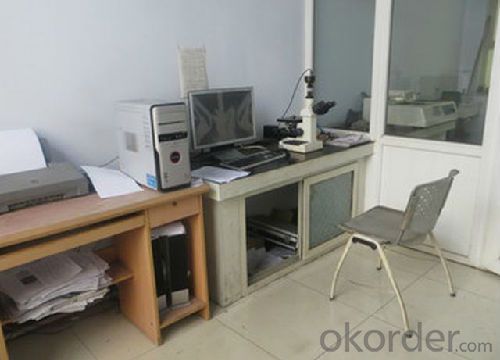
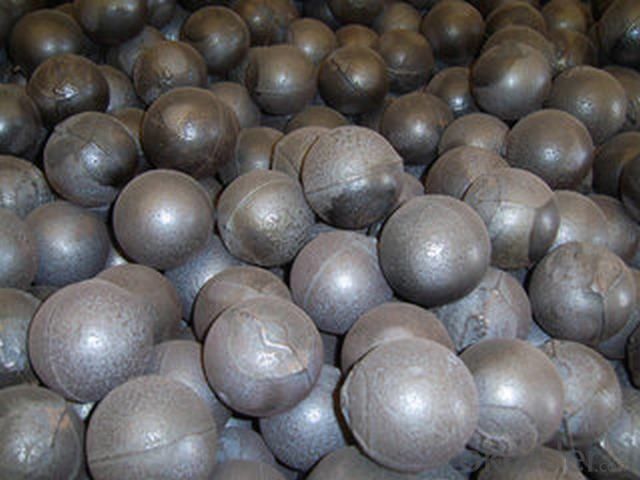
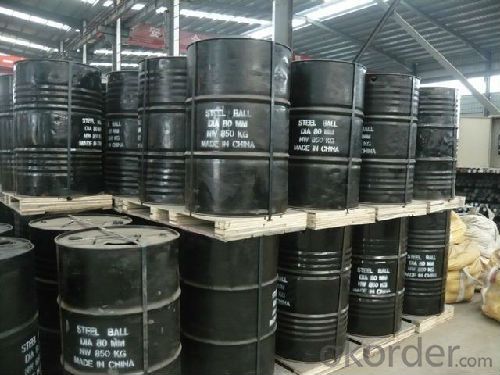
- Q: Why does the precision casting factory not usually make iron castings?
- The so-called precision parts is the size, roughness requirements of the piece. Cast iron parts generally do not reach the accuracy.
- Q: How to improve the surface roughness of casting parts?
- One is to improve the accuracy of the model; the two is to improve the molding sand mesh. How much is the other relationship?.
- Q: What is the difference between forging parts and casting parts?
- The casting parts are low in cost and short in production period. Because the molten iron has good flow properties, complex shapes can be formed. But because there may be sand holes, pores, shrinkage holes and other defects, the quality is unstable, easy to produce many defects, mechanical properties are not forged well, thus affecting the service life.
- Q: I often see Waixiejiagong drawings, casting, how to distinguish the latheman.
- Yes, casting drawings are casting drawings with machining allowances, slopes, and gating systems
- Q: Does anyone know how to make precise casting parts for aerospace or manufacturers of single and small quantities of automotive parts and components, mainly in Beijing, Tianjin and Tangshan?
- List of China's military enterprises list of ten major military groupsChina Nuclear Industry Construction Group CorporationChina Aerospace Science and Technology CorporationChina Aerospace Science and Engineering CorporationChina Aviation Industry CorporationChina Aviation Industry Corporation IiChina State Shipbuilding CorporationcsicChina North Industries Group CorporationChina South Industries Group CorporationChina National Nuclear CorporationKey military enterprisesShipbuilding industry:China State Shipbuilding Corporation (South ship group), (China Shipping Group)China Shipbuilding Industry Corp (North Ship group), (China Shipbuilding Industry)Guangzhou Shipyard International Limited by Share Ltd (GSI)Jiangnan Heavy Industry Limited by Share Ltd (Jiangnan Heavy Industry)Nuclear industry:China National Nuclear Corporation (CNNC)China Nuclear Industry Construction Group Corporation
- Q: What is the difference between casting and stamping parts?
- The purpose of forming processes is to allow the sheet to undergo plastic deformation without breaking the billet and to make the desired shape and size. In actual production, a variety of processes are often applied to a workpiece. Blanking, bending, shearing, drawing, bulging, spinning and rectification are several main stamping processes. The difference between stamping parts and castings: with thin, uniform, light, strong features, stamping can be produced by other methods difficult to make, with stiffeners, ribs, UPS or flanging of the workpiece, to improve its rigidity. Due to the use of precision molds, the workpiece accuracy up to microns, and repeated high precision, specifications consistent, you can punch out of the hole, lug and so on.
- Q: Why do casting parts have air holes?
- Cangshan Qiao hidden his answer is quite comprehensive, you can try using inert gas to reduce air cover
- Q: Cause of choking of casting parts
- Is it boiling from the picture? Does it sound like a fire? If not, it's not choking. I feel like choking. The gas doesn't drain out
- Q: My parts complex, machining costs are relatively high, so want to cast, but the surface needs anodizing, what material will be better?
- The common material that can be anodized is aluminum alloy. It is recommended to use casting aluminum alloys, such as ZL102 and ZL105, which are commonly used as cast aluminium alloys. The processing of aluminum casting is easy. After processing, the surface of the whole part can be anodized. The color can be chosen.
- Q: What reason is the bronze statue choking fire?
- The casting process in boiling phenomenon, is the setting of the exhaust hole positioner position or number is not reasonable, the air cavity can not be discharged, overwhelmed by a material inlet, reflux, change mould, sincerely help you look forward to adopt,
1. Manufacturer Overview
| Location | Anshan City, Liaoning Province,China |
| Year Established | 2002 |
| Annual Output Value | US$1 Million - US$2.5 Million |
| Main Markets | Domestic Market; South America; Eastern Asia; South Asia; Mid East |
| Company Certifications | ISO9001;IS014001 Certificate |
2. Manufacturer Certificates
| a) Certification Name | |
| Range | |
| Reference | |
| Validity Period |
3. Manufacturer Capability
| a) Trade Capacity | |
| Nearest Port | Shanghai Port;Dalian Port;Tianjin Port;Yingkou Port |
| Export Percentage | |
| No.of Employees in Trade Department | 6 - 10 People |
| Language Spoken: | English; Chinese; Spanish |
| b) Factory Information | |
| Factory Size: | 24,400 square meters |
| No. of Production Lines | Above 10 |
| Contract Manufacturing | grinding ball,grinding media,casting ball,casting grinding ball |
| Product Price Range | Average |
Send your message to us
Forged Grinding Ball with Good Surface for Cement Plants
- Loading Port:
- Shanghai Port
- Payment Terms:
- TT or LC
- Min Order Qty:
- 25M.T. m.t.
- Supply Capability:
- 200000M.T./Year m.t./month
OKorder Service Pledge
OKorder Financial Service
Similar products
Hot products
Hot Searches
Related keywords

